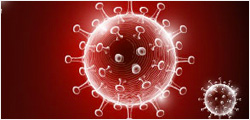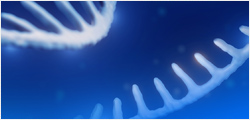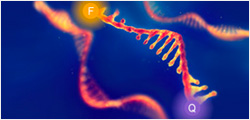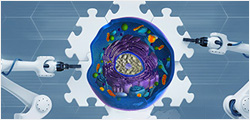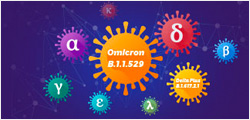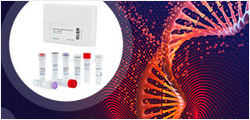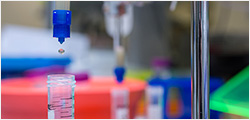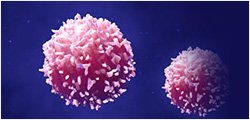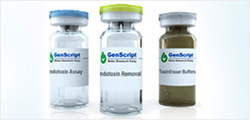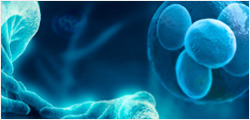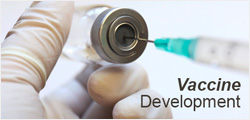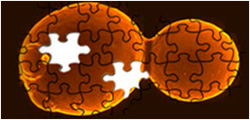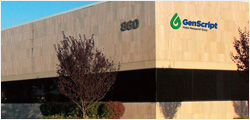

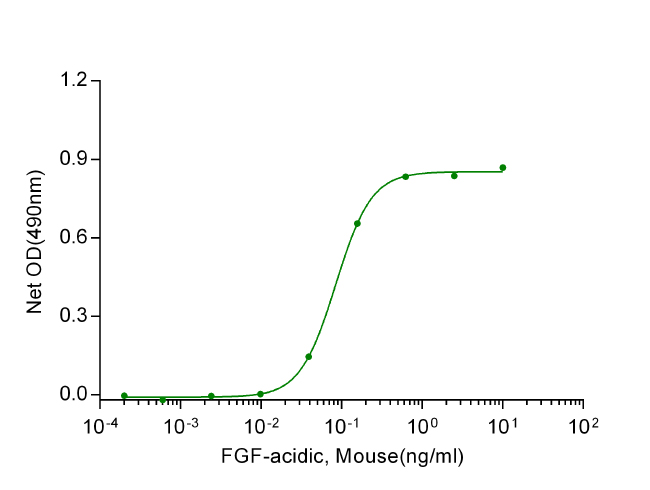
ED₅₀<0.4 ng/mL, measured by a cell proliferation assay using 3T3 cells in the presence of 10 µg/mL heparin, corresponding to a specific activity of > 2.5× 10⁶ units/mg.
FGF-acidic, Mouse
Fibroblast Growth Factor- acidic (FGF-acidic) is a mitogen targeting at the endothelial cells, and belongs to the heparin binding FGF family, which contains 22 members. FGF-acidic binds to the receptor family FGFR1-4 in vivo with the assistance of heparin. However, along with FGF -basic, FGF-acidic lacks the signal peptide segment, and thus is not secreted via endoplasmic reticulum (ER) and Golgi bodies. Studies have shown that FGF-acidic is highly regulated, and it is a direct angiogenesis factor. If unregulated, angiogenesis could contribute to several diseases including arthritis, diabetes, ocular neovascularization, and especially tumors. Therefore, FGF-acidic is treated as a potential oncogene, and its overexpression is correlated tightly with several cancers.
| Z03049 | |
|
|
|
| ¥9,327.00 | |
|
|
|
|
|
|
| Ask us a question | |
